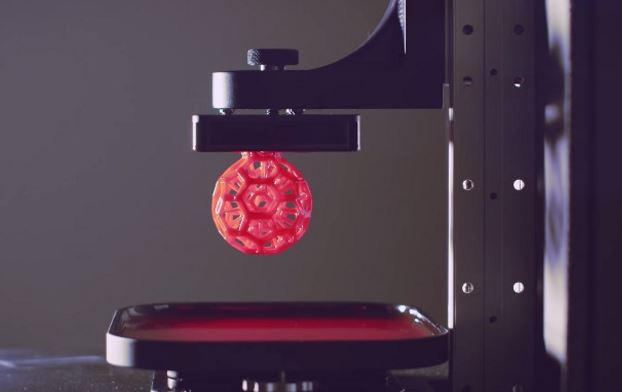Artist Hacks Surveillance Cameras to Spy on Town and Makes Photo Album


According to a report by IHS, there were 245 million surveillance cameras operating globally in 2014. Out of these, over 20% of the installed cameras are network cameras, that can send and receive data via the internet giving easy access to hackers. The report is quite disturbing, considering that anyone could keep tabs on you while you are on the streets as if the government agencies were not enough.
The camera was installed for security and surveillance purposes so it could zoom and rotate 360 degrees. Hammerand took its full advantage to follow random town people and take their photographs. After doing that for a whole year, he created The New Town, a collection of the town’s photographs and displayed it at the “Watching You, Watching Me” installation at the Open Society Foundation in New York.

Hammerand describes the feelings of control that he had during the sneak show of his own to be addictive. He seems to have created his own fictional world where he would monitor everything. Though, he never visited the place in reality, he would dream about it.
It is very unnerving to know that citizens’ privacy has become a joke in these times. With the protests throughout the country against the breach of privacy, this news will only fuel the matter.
Subscribe to fossBytes for the latest security and social news.
Also Read: Girl Hacks Dad’s Computer on Her Raspberry Pi
Source: Wired






